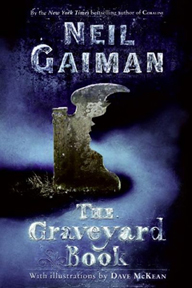By Judi Moreillon, Texas Woman’s University, Denton, TX
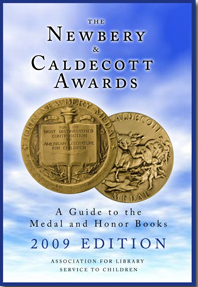 This is the fourth of a planned four-part interview with Nick Glass, member of the 2009 Newbery Committee, conducted electronically by Judi Moreillon.
This is the fourth of a planned four-part interview with Nick Glass, member of the 2009 Newbery Committee, conducted electronically by Judi Moreillon.
JM: Nick Glass and I are wrapping up this month’s Newbery Medal Award conversation with a look at the books that have earned this prize since it was first awarded in 1922. That year, The Story of Mankind written by Hendrik Wellem van Loon earned the medal. To support our historical look, we referenced a book now published annually by the Association of Library Services to Children (ALSC), The Newbery and Caldecott Awards: A Guide to the Medal and Honor Books.
In clarifying the criteria for the awards and defining terms, ALSC notes that the “award is for literary quality and quality of presentation to children. The award is not for didactic intent or for popularity” (p. 4). As we noted in early posts this month, the question of popularity should not enter into the committee’s deliberations. Still, every school and public library branch in the country purchases at least one copy of each Newbery award-winning book.
Do we expect Newbery Award-winning books to be enticing to readers? If not, can we rely on teachers and librarians to push titles that possess literary quality but are less popular with young people? What has been your experience?
NG: I absolutely believe the books that have been recognized as distinguished by the Newbery committee will be enticing –- with the caveat that not every book is for every reader. I loved the 2008 Newbery Medal-winning Good Masters! Sweet Ladies! It is both a wonderful book, and perhaps the one of the best curriculum-fit books I’ve read in a long time. It tells marvelous stories of the Middle Ages, and can be performed as fun, comprehension-grasping reader’s theater. Do I expect everyone to pick this book up and find it enticing? No. But for the people who love mini-dramas, goodness, they will love this treasure.
Continue reading →
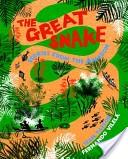


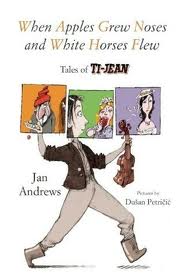 Each year the United States Board on Books for Young People (USBBY) selects and promotes a list of
Each year the United States Board on Books for Young People (USBBY) selects and promotes a list of 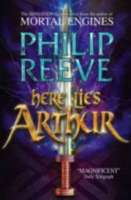
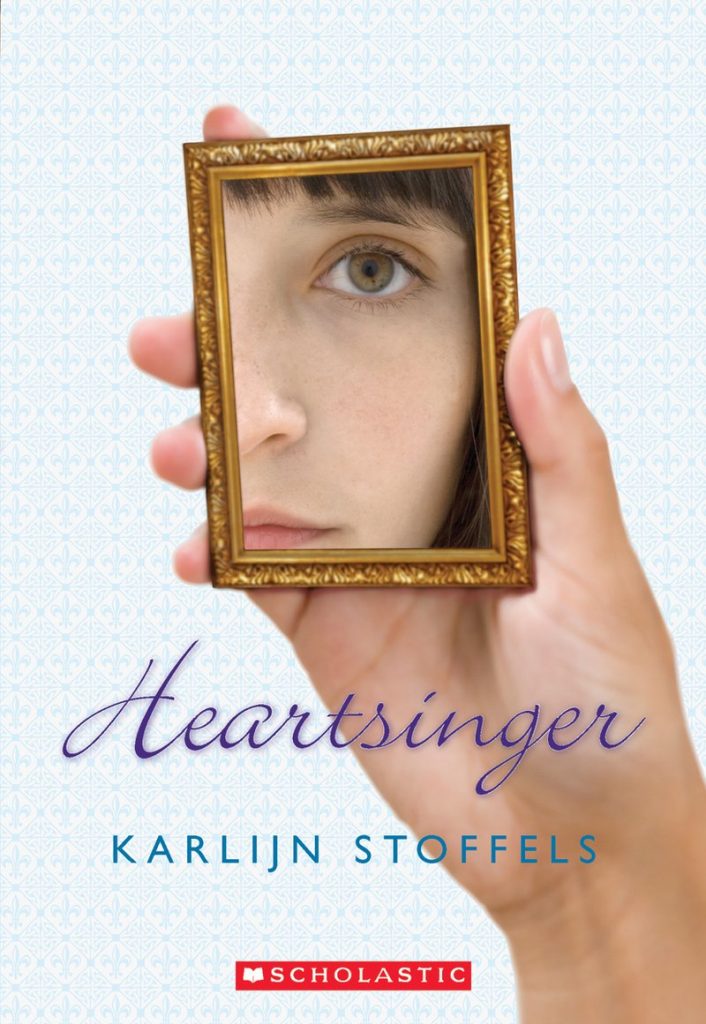
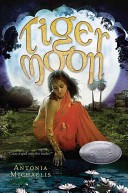 In the theory of “suspension of disbelief” as suggested by British poet and philosopher Samuel Taylor Coleridge, it is the storyteller or author who must spin such a compelling tale that the listener/reader will accept a fantasy as a plausible reality. In
In the theory of “suspension of disbelief” as suggested by British poet and philosopher Samuel Taylor Coleridge, it is the storyteller or author who must spin such a compelling tale that the listener/reader will accept a fantasy as a plausible reality. In 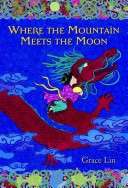 Folklore, fables, myths, and legends, stories that originated in the oral tradition are the indigenous literature in every society. Since people were first able to use language for communication, oral storytelling is the way we have passed on our culture and history, beliefs and values. Traditional literature themes reoccur across cultures. These stories explain the relationships between human beings and the animal, plant, and astrological or seasonal worlds. Although the stories may include different symbols and representations, these “folk” ideas center on elemental figures—mother, father, God, trickster, hero, old man, crone, witch, or devil, and on elementary concepts—creation, destruction, birth, death, initiation or coming of age, separation from parents or community, marriage, or the union of opposites.
Folklore, fables, myths, and legends, stories that originated in the oral tradition are the indigenous literature in every society. Since people were first able to use language for communication, oral storytelling is the way we have passed on our culture and history, beliefs and values. Traditional literature themes reoccur across cultures. These stories explain the relationships between human beings and the animal, plant, and astrological or seasonal worlds. Although the stories may include different symbols and representations, these “folk” ideas center on elemental figures—mother, father, God, trickster, hero, old man, crone, witch, or devil, and on elementary concepts—creation, destruction, birth, death, initiation or coming of age, separation from parents or community, marriage, or the union of opposites.  This is the fourth of a planned four-part interview with Nick Glass, member of the 2009 Newbery Committee, conducted electronically by Judi Moreillon.
This is the fourth of a planned four-part interview with Nick Glass, member of the 2009 Newbery Committee, conducted electronically by Judi Moreillon. This is the third of a planned four-part interview with Nick Glass, member of the 2009 Newbery Committee, conducted electronically by Judi Moreillon. Readers may refer to
This is the third of a planned four-part interview with Nick Glass, member of the 2009 Newbery Committee, conducted electronically by Judi Moreillon. Readers may refer to 